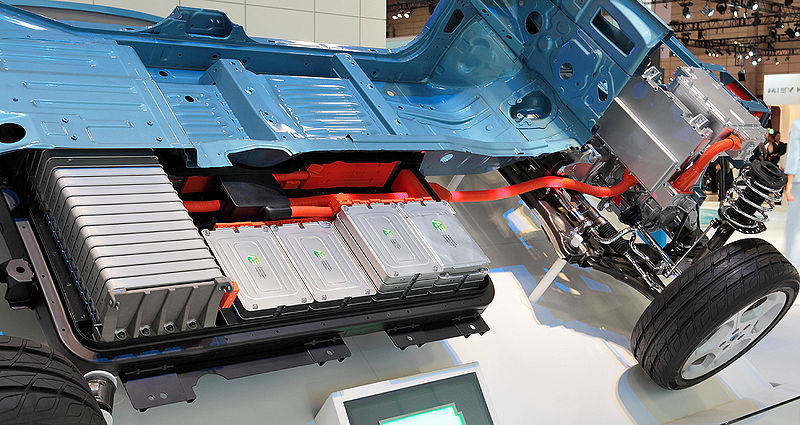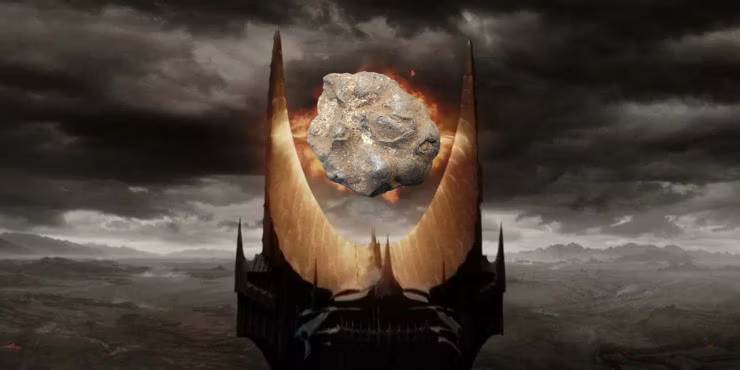On January 1, 2016, the Southern Fried Science central server began uploading blog posts apparently circa 2041. Due to a related corruption of the contemporary database, we are, at this time, unable to remove these Field Notes from the Future or prevent the uploading of additional posts. Please enjoy this glimpse into the ocean future while we attempt to rectify the situation.
Diversity is resilience.
Or so deep-sea mining newcomer Aronnax Environmental wants you to believe. Arronax will be the first new novel-compound biomining operation to make the dive in almost a decade. The high cost of entry and the onerous permitting process has made competition in the high seas practically non-existent for the big six.
Aronnax enters the game as the “sustainable alternative to destructive biomining”. They claim that their proprietary process is kinder to the seafloor and allows recruitment and recovery following each pass of the mining tool–which they call a swath. The machine itself is a sifter, rather than a dozer, which allows for the collection of environmental DNA while minimizing disturbance to the seafloor. Sifter technology is, in theory, designed to maximize biotic retention, protecting local biodiversity while still achieving 95% comprehensive sampling.
At least, that’s what Aronnax hopes.
I recently completed a blind Environmental Impact Assessment through the International Seabed Authority’s new Conflict-free Analyst program. Companies that need to conduct EIAs are required to contribute a portion of their profits into and EIA escrow. When new Impact Assessments are needed, an independent agency contracts specialists to conduct the study. The company doesn’t have control over who conducts the study and the analysts are paid from a shared pot, so their fee is not dependent on the success of a single company. If that seems unnecessarily convoluted, consider that in the past, I’ve been offered equity in exchange for conducting an Environmental Impact Assessment, a conflict-of-interest so brazen it’s hard to believe the CEO even proposed it (but that, of course, is another story).
Suffice to say, I was tapped to review this particular proposal, and, now that the paper has passed peer review and is officially part of the public record, I am permitted to talk about our findings.
What we found in a nutshell: While Aronnax Environmental’s process is demonstrably less destructive that the current status quo, they are dramatically overstating the sustainability of the process. Loss of biodiversity was nearly 90% at mining sites, which is certainly less than what we’d expect from comprehensive sampling, where biodiversity loss in effectively 100%, but, for all their marketing, a five percent reduction against their extraction rate is hardly the stuff of Blue Revolution. They aren’t creating as much biodiversity loss, but the bulk of those gains come from simply not mining out 100% of their prospect. The technological additions are trivial.
More worrying, however, is how these ecosystems recover following exploitation. With a 90% biodiversity loss, recovered sites are nearly homogeneous, with recruits coming in from the few lucky survivors in a sweepstakes effect. Successful recruits knock out available niches and the end result is a new stable state, where diversity is permanently depressed.
Looking out at the 10 year horizon, there is fundamentally no difference between sites mined using Aronnax’s process and those mined using standard comprehensive extraction.
Here’s a secret few of my fellow deep-sea environmental campaigners will admit to: the vast majority of people working for these deep-sea mining companies are genuinely concerned about their impact on the seafloor. This has been true since the early days of deep-sea mining. No one wants to be the destroyer of worlds, and appeals to sustainability are rarely met with deaf ears. People really do want to get it right.
Extraction is destruction. There’s no way around it. As hard as we try, the reality is that any extractive industry that operates in the deep sea is going to be destructive. That companies like Aronnax are trying to find a better way is laudable, but may, in the end, be just another windmill-tilt. Set-asides and a network of seafloor marine reserves has, so far, been the only reasonably successful approach to minimizing deep-sea impacts.
What does biomining get us? Novel chemical compounds and pharmaceuticals to fight off Massively Resistant Vectors; new nano-materials; greater insight into evolutionary history. It’s a tough tradeoff.
The Environmental Impact Assessment is in the public domain, and the peer-reviewed paper is out, open-access. My private recommendations have been delivered to the International Seabed Authority, which means my role in this is over. It is now up to policymakers and stakeholders to decide whether or not these minor gains in minimizing environmental destruction are sufficient to warrant opening up a new mining prospect. My general take: Anything that shifts the status quo away from comprehensive extraction is better than what we have now.
On January 1, 2016, the Southern Fried Science central server began uploading blog posts apparently circa 2041. Due to a related corruption of the contemporary database, we are, at this time, unable to remove these Field Notes from the Future or prevent the uploading of additional posts. Please enjoy this glimpse into the ocean future while we attempt to rectify the situation.

